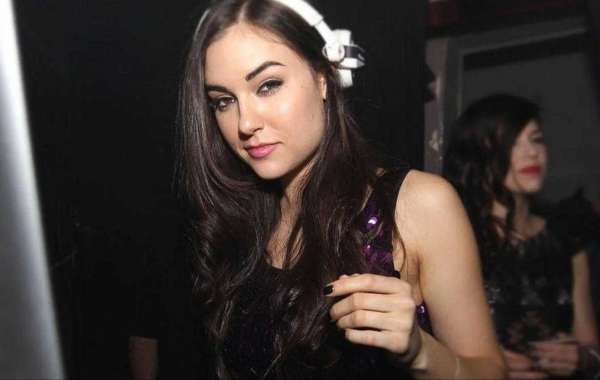Gender representation in film has long been a subject of scrutiny and debate. The way movies portray gender roles, stereotypes, and characters can significantly impact society's perceptions and expectations. In this article, we will delve into the complex world of gender representation in film, exploring how filmmakers are challenging traditional norms, breaking stereotypes, and reshaping narratives to create a more diverse and inclusive cinematic landscape.Challenging StereotypesHistorically, films often reinforced gender stereotypes, pigeonholing characters into rigid roles based on their gender. However, contemporary cinema is challenging these norms. Characters who defy traditional gender roles are becoming increasingly prevalent, giving audiences fresh perspectives. For example, the character of Furiosa in "Mad Max: Fury Road" (2015) defies the conventional damsel in distress trope and showcases a strong, capable female lead.Complex Female CharactersThe demand for well-rounded, complex female characters is growing. Audiences are eager to see women depicted as more than just love interests or sidekicks. Films like "Wonder Woman" (2017) and "Little Women" (2019) feature multidimensional female protagonists with their own aspirations, strengths, and vulnerabilities, breaking free from one-dimensional stereotypes.IntersectionalityThe intersectionality of gender with other aspects of identity, such as race, ethnicity, and sexual orientation, is gaining prominence in film narratives. "Moonlight" (2016), for instance, explores the challenges of growing up black and LGBTQ+ in America, shedding light on underrepresented experiences.Empowering Male CharactersGender representation also extends to male characters. Modern cinema is diversifying male roles by portraying men who are sensitive, nurturing, or emotionally vulnerable, challenging the traditional tough-guy stereotype. Films like "Call Me by Your Name" (2017) and "Brooklyn" (2015) highlight male characters who express a wide range of emotions and exhibit empathy.Behind the CameraGender representation isn't limited to what's on screen but also extends to those behind the camera. The film industry is slowly becoming more inclusive, with female directors, writers, and producers taking on prominent roles. Greta Gerwig's "Lady Bird" (2017) and Kathryn Bigelow's "The Hurt Locker" (2008) exemplify the impact of female directors in shaping cinematic narratives.The Impact on SocietyFilms have a profound influence on society's perceptions and attitudes. When gender representation in film is more inclusive and progressive, it can lead to positive social change. It can challenge stereotypes, inspire conversations, and foster a more equitable and accepting society.ConclusionGender representation in film is a dynamic and evolving aspect of the cinematic landscape. Filmmakers are increasingly breaking free from traditional stereotypes and embracing more diverse and inclusive narratives. As cinema continues to reflect the complexities of human experiences, it has the potential to shape and reshape societal perceptions of gender roles and identities. By telling stories that challenge, inspire, and empower, the film industry plays a pivotal role in driving conversations about gender and promoting a more inclusive world both on and off the screen. More details at the link: xnxx com korea
Mencari
- Friendly Websites www.wsisw.com www.bybit.com www.temu.com www.ebay.com www.adsy.com www.iherb.com www.whmcs.com www.secsers.com www.cambly.com www.binance.com www.displate.com www.magenet.com www.gainrock.com www.seoclerks.com www.aliexpress.com www.freelancer.com www.rankranger.com www.wehaveoffer.com www.qrmenutable.com www.coinpayments.net www.linksmanagement.com

postingan populer










